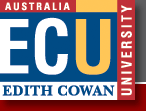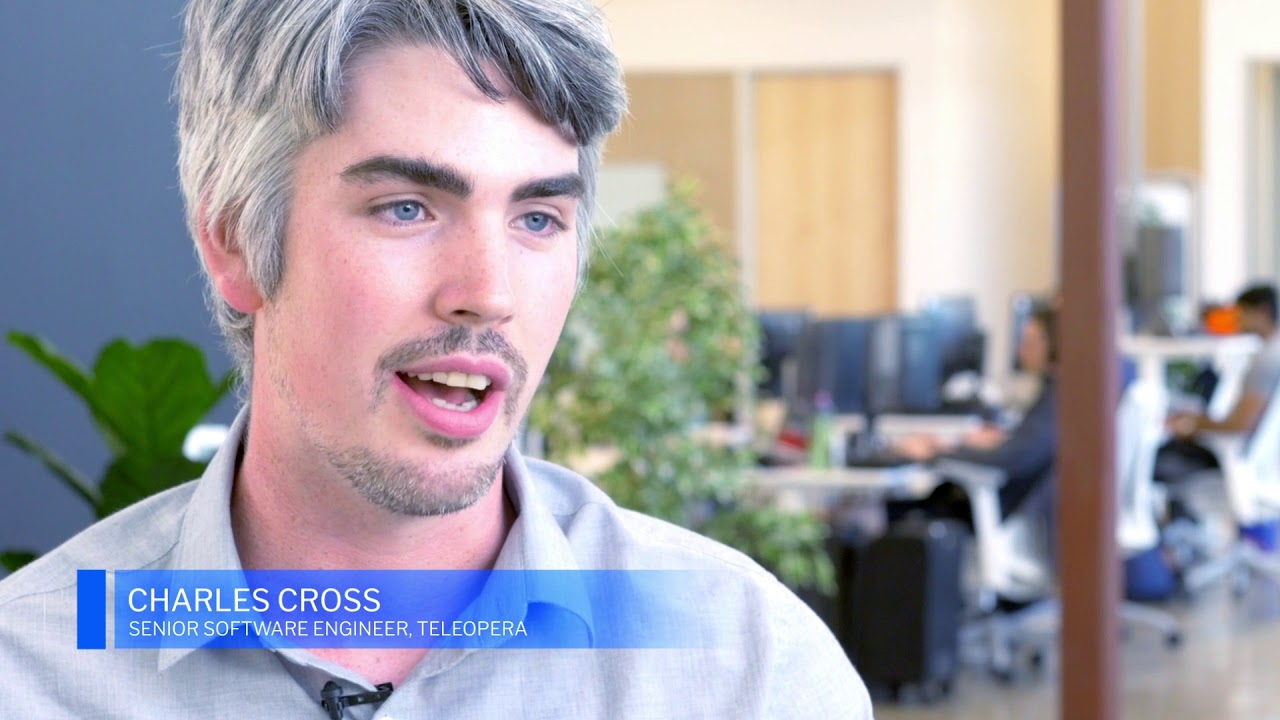autonomous vehicles
We use RTI DDS in a number of projects that build upon our core rover navigation software, RASM. The acronym stands for "Reliable Autonomous Surface Mobility". A site will be available in the coming months.
The research addresses navigation and autonomy for mobile robots with emphasis on scientific rovers operating in planetary terrain. The research is typified by the Life in the Atacama project ( http://www.frc.ri.cmu.edu/atacama ). Other projects can be found here: http://www.frc.ri.cmu.edu

We are a joint-project between several Australian universities- the University of Western Australia, Edith Cowan University and Flinders University.
Our team was organized to compete in the DSTO MAGIC 2010 Competition which is aimed at building a fleet of unmanned vehicles to complete a series of challenges within a three hour time period. The MAGIC2010 project is being run by DSTO, DARPA and RDECOM ensuring wide and high-level exposure for all participants and sponsors. More information about the competition can be found on the DSTO website: http://www.dsto.defence.gov.au/MAGIC2010/ .
Our team is called MAGICian/WAMbot (http://www.wambot.org/) the individual groups involved can be found below:
- Robotics at UWA (http://robotics.ee.uwa.edu.au/ )
- Artificial Intelligence and Software Engineering at ECU (http://research.scis.ecu.edu.au/aise/index.aspx )
- Walking Fish Group at UWA: (http://www.wfg.csse.uwa.edu.au/ )
As of August 2011 the development of the WAMBOT UGV system is largely complete (having been purposed for the MAGIC 2010 event held in November of last year). We do however continue work, and are anticipating a development to re-commence in the next 6-8 months.
We are using RTI DDS as the middleware for all of our integration purposes; between vehicle sub-systems as well as between (up to fourteen) vehicles and the five computer ground control station..
We have found a use for many RTI DDS features. Certainly core features, Persistence Service, and Routing Service. Debugging an autonomous ground vehicle system is very difficult (as with most distributed systems). The added complexities of dealing with emergent behaviour is particularly difficult to debug. Being able to capture and replay large data sets is very desirable (i.e. RTI Persistence Service). RTI Routing Service helps us support non TCP/IP interfaces through custom adapters. Alternatively, access to the RTI DDS SDK for developing custom transport plugins could provide us with the same extensibility features. RTI Monitoring tools are an absolute must for us and have been very useful in the past.


Research in the Autonomous Systems Laboratory (ASL) focuses on networked systems of humans and robots interacting with an environment in the form of perception and acting. Our lab includes many types of robots (driving, walking, flying) and sensors (laser, vision, thermal). Human operators can act from computer terminals, laptops, or GPS equipped handheld computers. We are using RTI as part of our networking infrastructure in order to enable the sharing of information in a scalable manner, for our research experiments.


